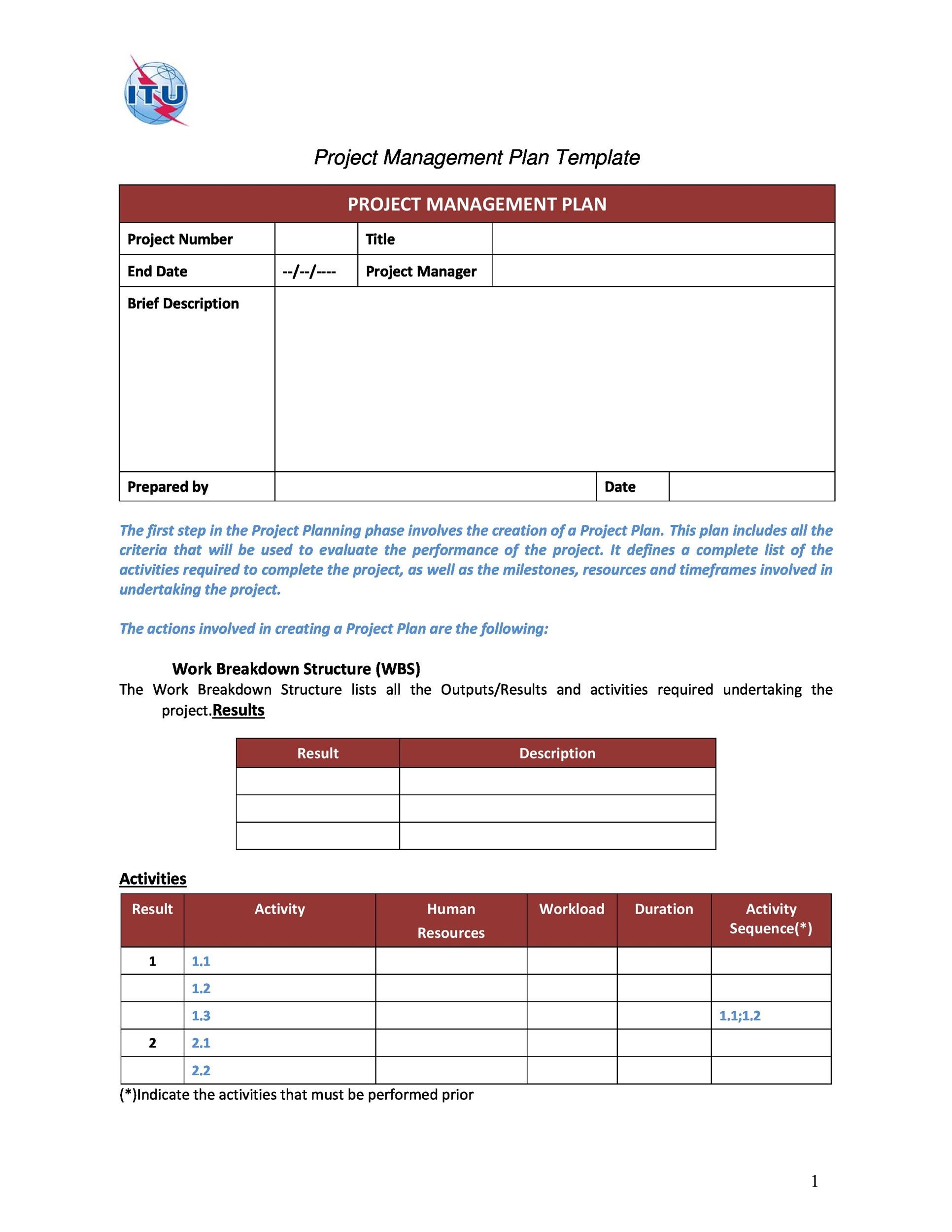

#Simple project planner template pro#
The Pro version of the gantt chart that shows Planned vs. Or, you can edit the conditional formatting rules to pick your own texture or color for the bars (Home > Conditional Formatting > Manage Rules). If you want the "Actual" schedule to be shown with the texture pattern instead, you could switch this simply by changing the Plan and Actual labels. That is why I included the Progress Bar inside the Progress column. Planned, it was just too confusing (too many colors and formats overlapping). Loom uses this simple project plan template to help their team structure their thoughts and quickly build out project proposals. I experimented with showing the % complete inside the bars of the gantt chart, but when showing Actual vs. This is a technique I wrote about in the blog article " Showing Actual Dates vs. Ultimately what I found was that the simplest technique to understand when viewing the schedule is to use a texture fill for the Plan Schedule which allows it to overlap with the Actual Schedule. I created this project planner primarily to experiment with different ways of showing the Planned vs. If you want to use the Days column but enter the Start and End dates, then you can calculate the Days using a formula: = end_date- start_date+1. The "-1" is included because a task is assumed to begin the morning of a day and end in the evening, such that a 1-day task is represented as having the same Start and End date.

However, it is usually convenient to define the End date by entering the duration in Days, so you can use a formula for the End Date such as = start_date+ days-1. The gantt chart in this project planner spreadsheet relies only on the Start and End date columns, so you could delete the Days columns.


 0 kommentar(er)
0 kommentar(er)
